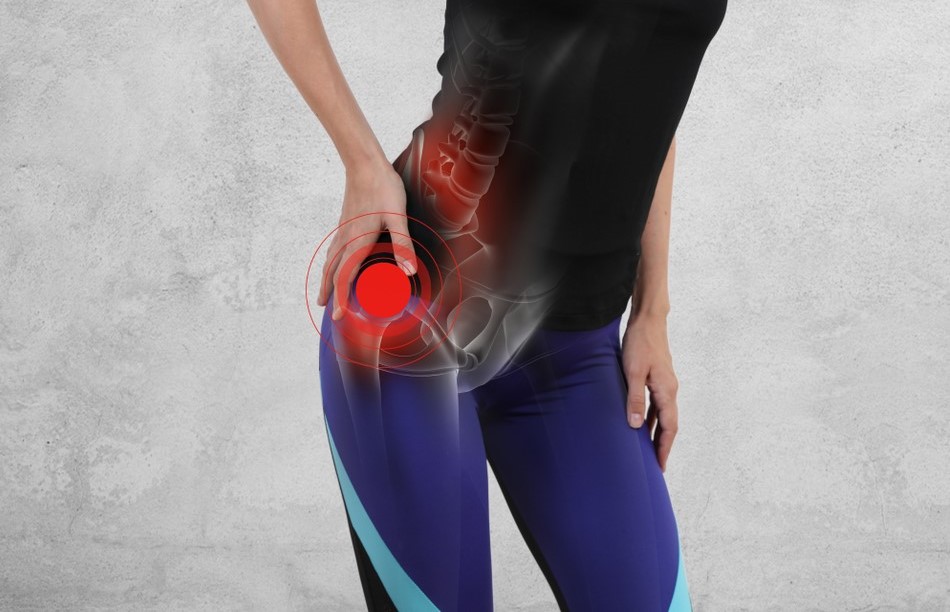SCHEDULE AN APPOINTMENT WITH US
Are Your Symptoms Affecting Your Quality Of Life?
Consult our MOH-accredited orthopaedic specialist for a detailed consultation & personalised treatment plan today.

A hip fracture refers to a break in the hip bone. It typically occurs in the upper part of the femur or thigh bone. They are frequently observed in older individuals and those with conditions that weaken bone structure like osteoporosis.
The nature of the break can vary; it may be a complete break, where the bone is broken all the way through, or an incomplete break, where only a small piece of the bone is broken.
Hip fractures can be classified based on their location on the femur bone. The most common types are:
This type of fracture occurs in the femoral neck, a part of the thigh bone located just below the ball of the hip joint. Femoral neck fractures are often seen in older individuals.
This fracture occurs between the femoral neck and the shaft of the femur, in a region known as the intertrochanteric area. It involves the part of the thigh bone that forms part of the hip joint.
During diagnosis, hip fractures can also be categorised based on their stability. Stable fractures, where the bones have not moved out of place, can sometimes be treated non-surgically. Unstable fractures, where the bones have shifted, typically require surgical intervention to repair and stabilise the broken bone for proper healing.
The identification of a hip fracture is typically guided by specific symptoms, which include:
Hip fractures are influenced by various causes and risk factors, which include:
The process of diagnosing a hip fracture typically involves the following steps:
SCHEDULE AN APPOINTMENT WITH US
Consult our MOH-accredited orthopaedic specialist for a detailed consultation & personalised treatment plan today.
Non-surgical treatment may be considered for hip fractures under certain conditions, particularly when surgery poses a high risk due to the patient’s health status.
Pain management medications may include analgesics to alleviate pain and anti-inflammatory drugs to reduce swelling.
Physical therapy, guided by the hip specialist, can provide targeted treatment and symptom relief. It aims to enhance mobility, strengthen muscles around the hip, and improve overall function.
The use of walking aids, such as canes or walkers, may be recommended to assist with mobility and reduce the load on the injured hip.
Surgical intervention is often required for hip fractures, especially in cases of unstable fractures.
Preventing hip fractures, particularly in high-risk groups like the elderly, involves several strategies:
Monday – Friday: 9.00am – 6.00 pm
Saturday: 9.00am – 1.00pm
Sunday & PH: CLOSED
Monday – Friday: 9.00am – 6.00 pm
Saturday: 9.00am – 1.00pm
Sunday & PH: CLOSED
Get Started
The healing time for a fractured hip varies depending on several factors, including the type of fracture, the treatment method, and the patient’s overall health. Generally, it can take several months for a fractured hip to heal completely. Adequate rest, following the prescribed treatment plan, and engaging in rehabilitation activities can help lead to recovery.
You should not walk with a fractured hip without medical guidance. Depending on the fracture’s severity and location, putting weight on the injured hip can exacerbate the injury and hinder healing. A hip specialist can offer guidance on mobility and may recommend assistive devices like crutches or walkers during the recovery period.
Distinguishing between a dislocated and a broken hip can be challenging without a medical assessment. Symptoms like severe pain, inability to move the leg, and visible deformity can occur in both conditions. A broken hip might present with localised pain in the groin or upper thigh, while a dislocation may involve more obvious misalignment of the hip joint. An accurate diagnosis can be made through imaging tests such as X-rays or MRI, performed by a hip specialist.
Leaving a hip fracture untreated can lead to serious complications, including chronic pain, decreased mobility, and increased risk of long-term disability. In some cases, untreated hip fractures can result in life-threatening conditions due to associated complications like blood clots or infections. A hip specialist can provide the necessary treatment to promote healing and prevent complications.